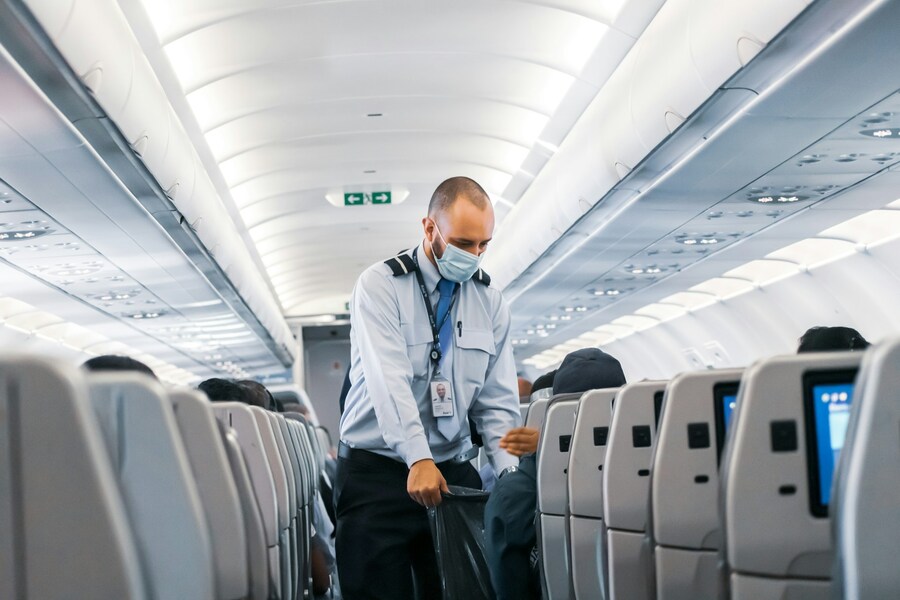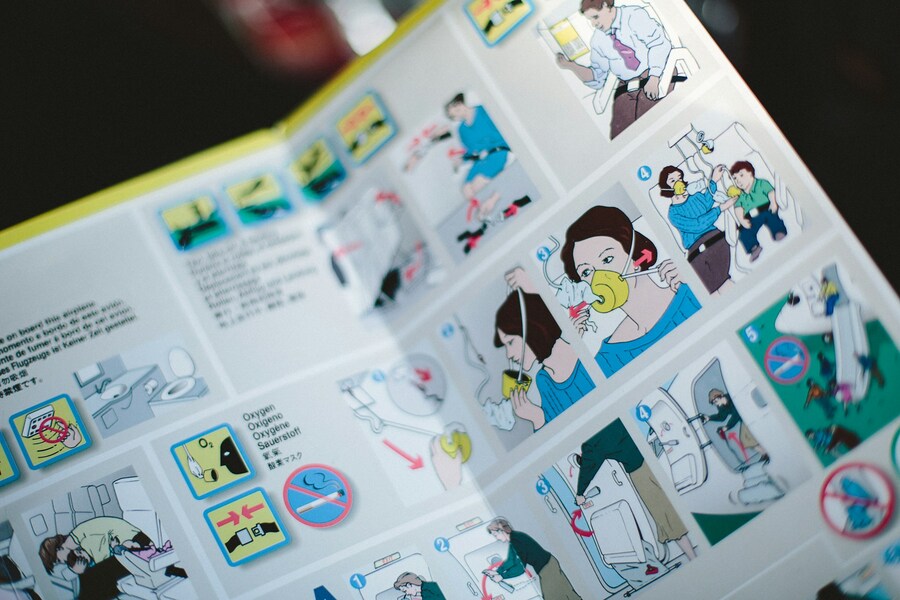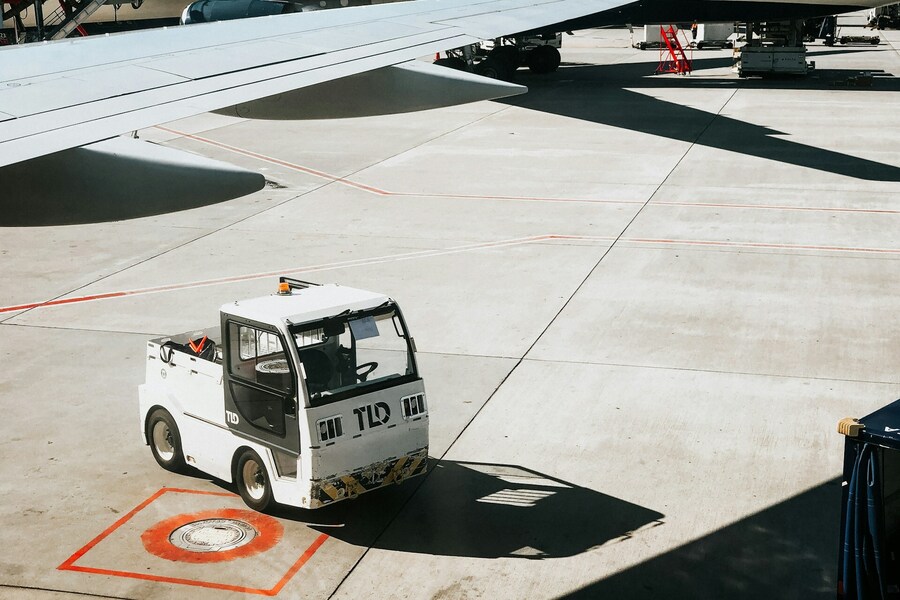The journey of an aircraft isn't just the time it spends soaring above the clouds; a critical, highly choreographed ballet unfolds on the ground in the moments between landing and the next takeoff. This rapid, intense period, known as the "turnaround," is where efficiency and precision are paramount, as airlines strive to maximize the utilization of their fleet. An airplane only generates revenue when it's in the air, making a speedy, yet impeccably thorough, ground process essential for operational and financial success. The duration of a turnaround can range from less than an hour for a short-haul domestic flight to a couple of hours for an international or long-haul journey, involving dozens of specialists all working against a ticking clock.
This orchestrated sequence of tasks ensures the aircraft is safe, clean, fueled, and provisioned for the next set of passengers. It's a testament to the logistics and coordination that underpin modern air travel, transforming a recently landed machine into a ready-to-fly vessel in what often feels like a blink of an eye. Every action – from the refueler connecting the hose to the cleaner emptying a trash bin – is part of a complex, minute-by-minute schedule designed to prevent costly delays. Understanding this process offers a fascinating look at the logistical challenges of global travel and the dedication of the ground teams. It's the invisible groundwork that ensures your on-time departure and ultimate safety. So, let's get to the point!
How do dozens of critical tasks get coordinated in the race to relaunch a jet?
The instant the aircraft comes to a halt at the gate and the engines are shut down, a flurry of activity begins around the plane. Ground crews position chocks to secure the wheels, connect ground power and air conditioning to save the aircraft's internal Auxiliary Power Unit (APU) fuel, and move the jet bridge or stairs into place. Simultaneously, the crew and ground staff embark on parallel tasks that prepare both the exterior and interior for departure. This entire operation is a finely tuned synchronization of activities, with various teams working on different parts of the aircraft to shave minutes off the total turnaround time. For example, while passengers are disembarking from the left, baggage and cargo handlers, caterers, and refueling teams may already be working on the right, utilizing the separate access points to avoid interference. This multi-faceted approach is the heart of a quick and safe turnaround.
The reason pilots do around-the-aircraft walks

Source: Lukas Souza/Unsplash
One of the first and most vital checks performed during the turnaround is the exterior walk-around, or pre-flight inspection, conducted by one of the pilots or, in some cases, maintenance personnel. This is a non-negotiable safety procedure carried out before every single flight. The pilot systematically examines the entire airframe, from nose to tail, following a detailed checklist to look for any signs of damage or potential issues that may have occurred during the previous flight or while the aircraft was on the ground.
The primary goal is to visually check for anything unusual that could compromise the airworthiness of the plane. This includes inspecting the tires and landing gear for excessive wear, fluid leaks, or damage from foreign objects, verifying the security of access panels, checking the engines' air intakes and fan blades for debris or damage, and scanning the wings and fuselage for dents, cracks, or loose components. The control surfaces, such as ailerons, elevators, and rudder, are also checked to ensure they are free to move. Any anomaly found is immediately reported to maintenance for assessment and repair before the flight can proceed. This meticulous inspection is a fundamental layer of aviation safety, ensuring that every flight begins with a clean bill of health for the aircraft's structure and systems. The post-flight inspection conducted by the arriving crew and the pre-flight inspection by the departing crew together form a rigorous check-and-balance system.
How flight attendants get the cabin ready

Source: Calle Macarone/Unsplash
The cabin crew, led by the lead flight attendant, also plays a significant role in the turnaround process, focusing on security and readiness inside the aircraft. As passengers from the arriving flight disembark, the attendants perform what's known as a security sweep. This involves a thorough check of every seat pocket, lavatory, and overhead bin to ensure no items have been left behind. Crucially, they are also looking for any suspicious packages or unattended items, a vital part of aviation security protocols.
Once the sweep is complete, their attention turns to preparing for the next set of passengers. This includes a number of checks: verifying that safety equipment like life vests, oxygen masks (where visible), medical kits, and fire extinguishers are present and correctly stowed; securing galleys, ensuring catering carts are correctly locked; and confirming that required emergency exit areas are clear. They also prepare the doors for boarding, ensuring they are in the correct mode for ground operations. The cabin crew's duties are essential not just for safety but also for ensuring a smooth and pleasant experience for the next travelers. Their coordinated effort with the cleaning and catering teams is key to the rapid transformation of the cabin.
What goes down when the cabin gets cleaned

Source: PuroClean of Fort Worth/Unsplash
Following the departure of the arriving passengers, a separate team of cleaners quickly boards the aircraft to address the cabin's sanitation and presentation. The scope of the cleaning depends heavily on the turnaround time; a short stop will generally involve a "quick clean" or "turnaround service," whereas a longer layover allows for a deeper, more comprehensive cleaning.
In a quick clean, the primary focus is on trash removal, tidying up the seat areas, wiping down tray tables, and preparing the lavatories. All rubbish from the aisles, seat pockets, and lavatories must be collected and removed. Seatbelts are straightened, and blankets and pillows (if provided) are tidied or replaced. The lavatories receive a quick sanitization and restocking of essentials like toilet paper, soap, and paper towels. On longer layovers, or for flights that terminate for the day, the cleaning is much more intensive, including vacuuming carpets, disinfecting surfaces, and a deeper scrubbing of the galleys and restrooms. The goal is to quickly and effectively restore the cabin to a hygienic and welcoming state for the new passengers, making it seem as if the aircraft hasn't just flown a route hours before.
Stacking up luggage and cargo

Source: Frames For Your Heart/Unsplash
A highly visible and physically demanding part of the turnaround involves the swift and accurate handling of all baggage and cargo. Ground handlers must first offload all the luggage and freight from the arriving flight, which is typically stored in the aircraft's belly in containers called Unit Load Devices (ULDs) or as bulk cargo. This process must be done carefully to prevent damage but quickly to meet the tight schedule.
Once the arriving load is cleared, the process of loading the baggage and cargo for the departing flight begins. This isn't simply a matter of stacking items; the weight and balance of the aircraft are a crucial consideration for safe flight. Load planners calculate the exact distribution of weight – passengers, fuel, baggage, and cargo – to ensure the aircraft's center of gravity remains within acceptable limits. Baggage and cargo are loaded into the specific positions dictated by a load sheet, which the pilot reviews and signs off on. The ground crew uses specialized equipment, like belt loaders and container loaders, to move the weight efficiently. This entire operation requires constant communication and coordination, especially when considering the sheer volume of bags at major hubs, ensuring every passenger's luggage is placed on the correct flight. This includes utilizing essential services like airport shuttle parking for ground handlers and maintenance crews as they move between the terminals and the off-site maintenance hangars. Finding the best airport parking deals or utilizing an airport discount often helps ease the cost for those traveling to the airport, a service offered by companies like ParkingNearAirports.io, which connects travelers with convenient and affordable parking options often featuring reliable transportation to the terminal.
Bringing the in-flight meals aboard

Source: Batkhuyag Enkhtuvshin/Unsplash
Catering is another essential element of the turnaround that involves its own specialized vehicles and team. The process requires removing all unused meals and empty service carts from the previous flight and then loading fresh food, beverages, and supplies for the upcoming journey. This includes everything from individual meals and snack boxes to ice, bottled water, wine, spirits, and duty-free goods.
Catering trucks, with their distinct lifting platforms, raise the new carts directly to the aircraft's galley doors. The flight attendants or catering staff then meticulously check the inventory against the manifest to ensure the correct number and type of meals, particularly those for special dietary requirements, are loaded. This process is time-sensitive due to the perishable nature of the food and the need to get the galleys fully stocked and secured before the new passengers begin boarding. The efficiency of the catering load-in is often a major factor in maintaining a quick turnaround, as the space in the galley is limited, and the operation needs to be executed precisely.
Conclusion
The aircraft turnaround, a period barely noticed by the typical passenger focused on getting to or from their seat, is a marvel of logistical coordination and human teamwork. The process compresses a multitude of complex, safety-critical tasks – from the pilot's meticulous inspection to the rapid cleaning of the cabin and the strategic loading of baggage and catering – into a compressed window of time. It's a vital, unseen machinery that keeps the global air travel network functioning, minimizing ground time to maximize air time. The next time you board a flight, take a moment to appreciate the flurry of activity that occurred just moments before your arrival, a perfectly choreographed dance that ensured the plane was ready, safe, and provisioned to take to the skies again, demonstrating the extraordinary dedication to efficiency and safety inherent in the aviation industry. May all your journeys be smooth, and your skies be clear!






